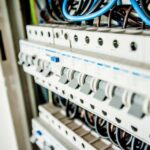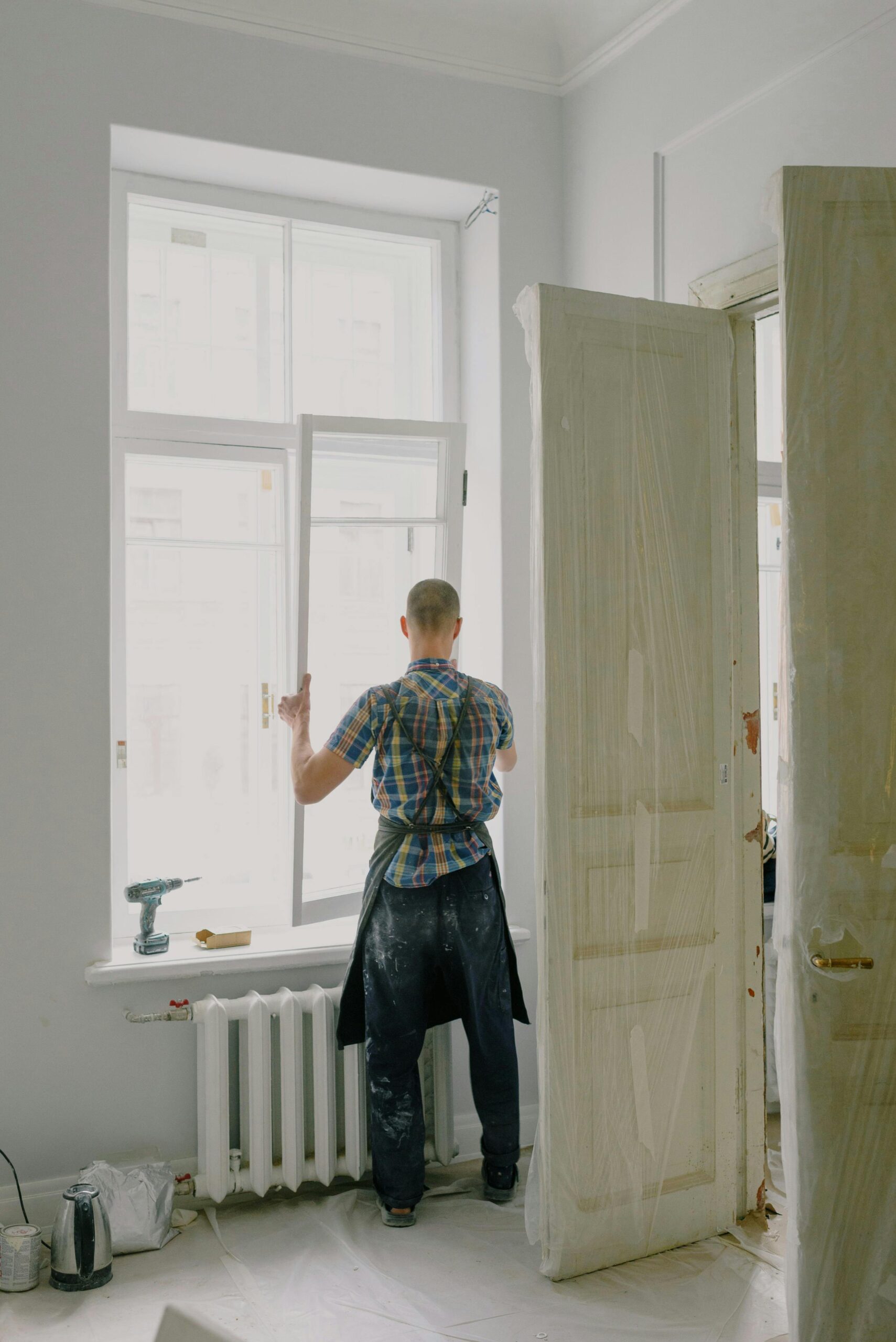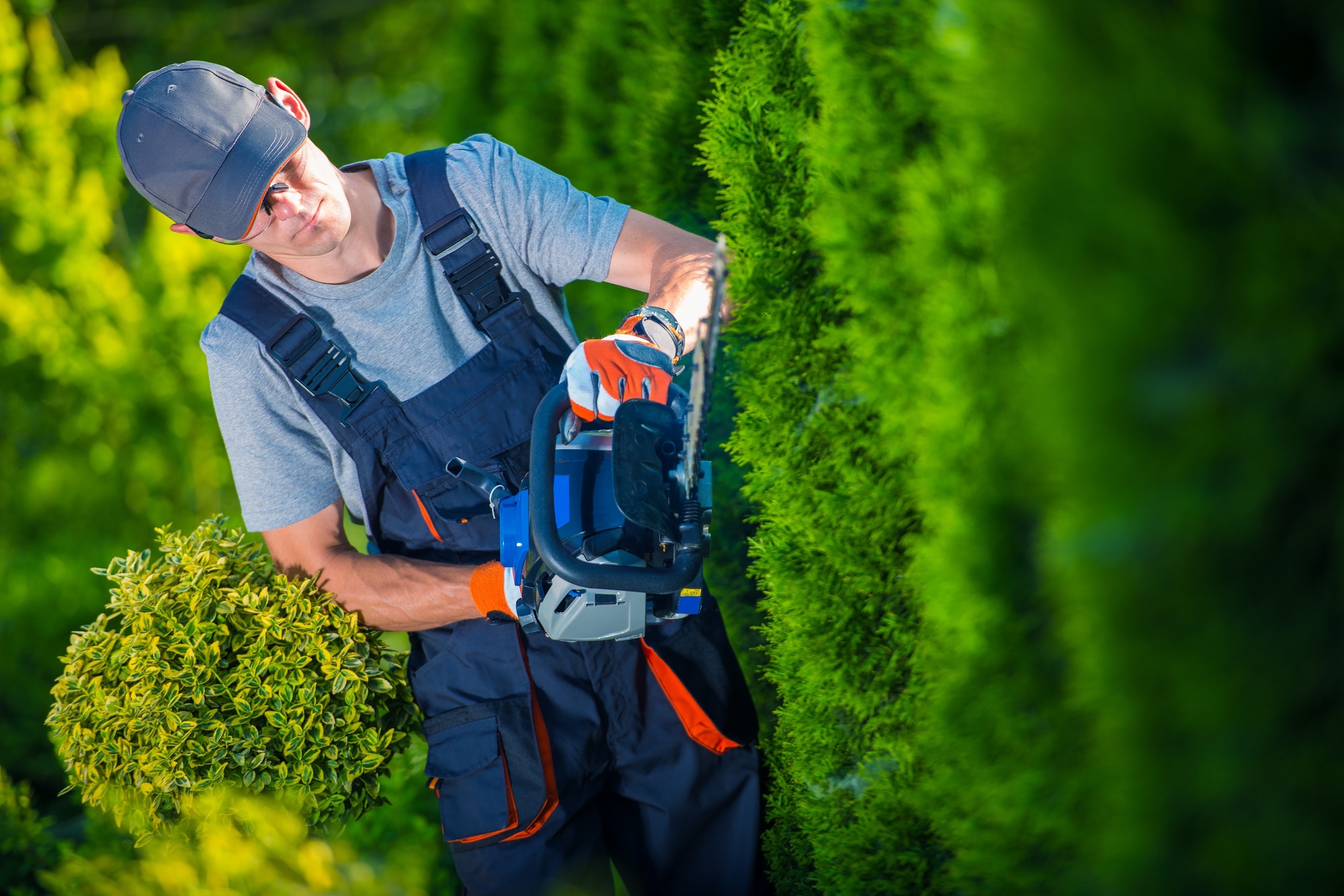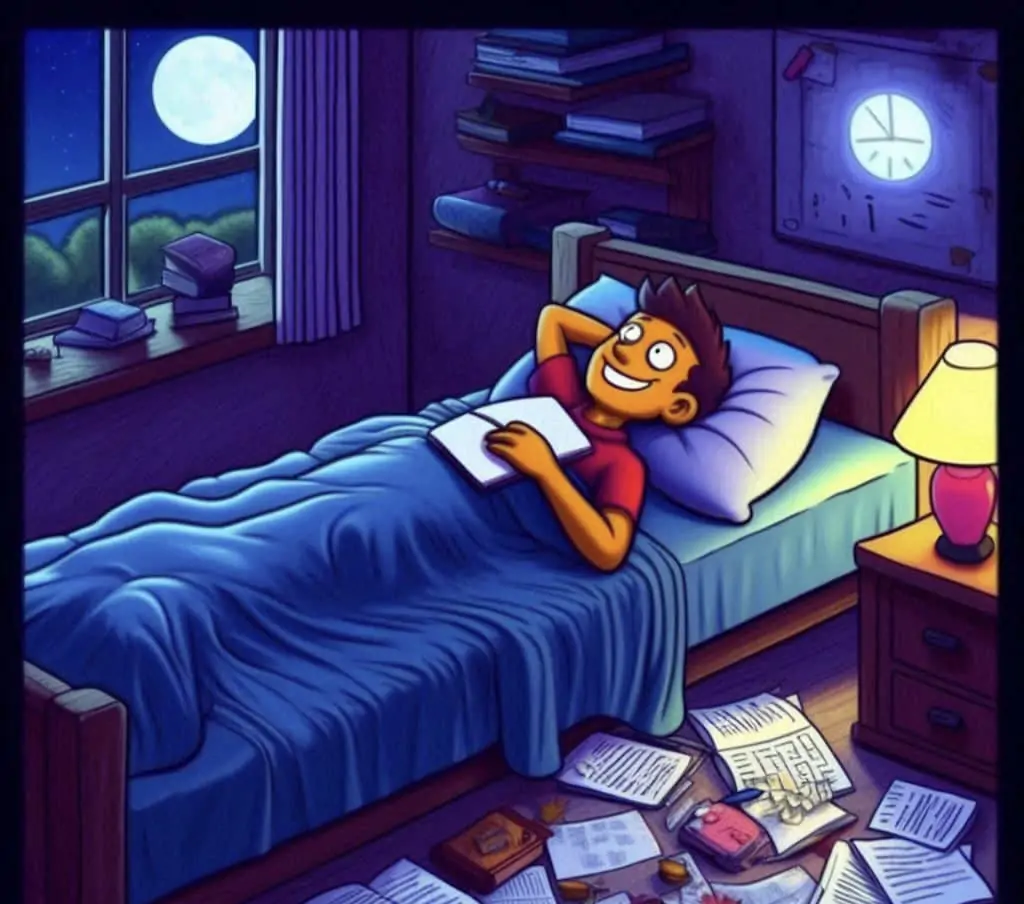One of the major concerns of homeowners and professionals after water damage and extraction is the possibility of mold growth. Though this might not seem a major problem on the surface, finding that mold can take over your ceiling, walls and floor can be overwhelming.
As long as you take care of this mold, they are not a big threat. The problem starts when you ignore it, and they infiltrate the core part of your house infrastructure. They significantly affect building materials and cause severe health problems.
Once your home is infected by mold, the only way you can get rid of them is by calling for mold mediation services.
What Is Mold?
Before jumping to the Mold Remediation, we want to ensure that everyone is starting on the same page. So, to understand what Mold Remediation is, you first need to know what Mold is.
If we go by the definition, mold is a type of fungus that grows in areas with high moisture. There are different types of molds that are naturally present all around us. They are not harmful or cause any problems as long as we are talking about a certain kind.
The vast majority of mold is generally harmless and can be found anywhere. For instance, decaying leaves, clipped grasses, food in your refrigerator, or that green color thing you can see on the cheese.
However, there are a few that you need to be aware of. Especially the black ones that go by the name Stachybotrys Chartarum.
These are extremely dangerous molds that can infect your house after water damage. The first look at them makes you remember VENOM from the movies.
These black molds are extremely light and can easily travel using air. If inhaled by humans or pets, they can cause severe headaches, sneezing, skin rash, and can also result in death due to blood poisoning.
What Is Mold Remediation?
Mold can be dangerous for your house. Hence, you must take action immediately and call for Mold Remediation.
It is a restoration process of finding the root cause of the problem, dealing with it, and ensuring it never surfaces again.
That being said, there are a few key elements that you need to be aware of while restoring your house from those venomous black mold.
When it comes down to Mold Remediation, there are a lot of interchangeable terms used among the professionals. So, it is important that you know about the differences for better understanding.
- Mold Remediation: Mold remediation is a more comprehensive process that involves several other small processes, such as Mold Abatement. This process involves looking over all the processes and ensuring the mold doesn’t come back.
- Mold Abatement: The mold Abatement subprocess of remediation involves removing mold from the structure, containing its growth, and encapsulating it. This process might involve removing part of the building.
Levels Of Mold Remediation
Once your property is invaded by mold and bacteria, it is impossible to get rid of them without the help of professional support. Experts’ attention to detail and knowledge of the right tool helps you eradicate the mold.
Hence, you must take steps to avoid mold. And if your home or office space is already affected by mold, for professional help.
Mold infection can be classified into five different levels. Each level shows the extent of the damage.
Level 1: Level 1 involves mold infection in a small area. The area covered in mol is usually 10 sq ft or less. Seeing how small the area is, you might get tempted to do it for yourself.
Well, this might be a good idea. You might be able to save some bucks on the services. However, you must ensure that you are wearing the right gear and using the right tool.
Level 2: Level 2 mold infection involves double the area of level 1. Even this level is under control, and you can DIY things. However, while you are cleaning Mold by yourself, the level of preparation will increase.
For instance, if mold has infected nearby contents, double wrap those with plastic sheets to stop mold from infecting any further.
Level 3: Level 3 is where things start getting serious and out of your hand. You can consider the mold infection a level 3 mold remediation if multiple walls have been affected simultaneously.
This is where you must not think of doing everything by yourself; instead, call for professionals.
Level 4: This is where your entire home is infested by Mold. Without any delay, you must call a restoration company who have certified mold testers and can offer help with the remediation.
Level 5: When level 5 is reached, you start smelling the mold. The air inside your house gets contaminated with mold. So, when you breathe in, it can cause severe health problems.
Signs You Need Mold Remediation
Mold can grow anywhere as long as they get into the right environment. Hence, it is important that you take the right steps to avoid mold in your house.
Here are a few signs that show you need mold remediation.
1. Foul Smell Coming From The House
Not all mold gives off a foul smell or any kind of smell. So, it is hard to tell whether your house is infested with mold. However, there are a few that do give out a foul smell.
The moment you smell something without any reason, it is a red flag. Call a professional and ask them to check your house for mold.
2. Water Leak Or Flooding
A water leak or flooding can be a good sign to check for mold. As we have already said, mold grows in wet and humid areas. Therefore, water leaks and flooding are the major sources that offer the perfect environment.
While the presence of mold is not necessary for our areas, we can’t see the spores with the naked eye. So, always consider the worst and take action accordingly.
3. Change In Color
You need to keep an eye on the changing wall color. The color change might be because of the mold. You must understand that mold doesn’t always come in black color. They might show up in various colors like green, white, and pastel color.
Do a mold check whenever you see any color change in your flooring, ceiling, and walls. Who knows, you might be able to contain them when they are just in the level 1 phase.
Steps For Mold Remediation
Household mold is often related to serious health problems. For example, it can cause some serious breathing problems for individuals who are asthmatic.
If not treated, mold can spread through the house, putting everyone at risk. Before it can become a serious problem for you, your family, and your home, follow the steps for Mold Remediation.
Step 1: Assessment
The first step to starting with mol remediation is to assess the current scenario and see how mold has affected your home.
To assess the severity of the damage, you need to call for a certified mold inspector to analyze the moisture level, dryness, and the concentration of spores in the air.
After the complete assessment, they can give you a quote on the
Step 2: Preparing Your Home
Before the Mold remediation company arrives in your home, there are a few preparations you need to make.
For instance, you first need to take care of the moisture problem. If the mold is because of the leaking pipes, you first need to call for a plumber to replace the leaking pipes.
This is because if you do not take care of the root problem, mold will keep surfacing again after the mold remediation.
Step 3: Isolating The Contaminated Area
Mold spores can easily travel from one place to another. Even a small breeze of air can help the spore spread throughout the home. Hence, you must isolate the mold.
Calling for professionals will help you isolate the area infected by mold. Professional mold remediation companies use plastic sheeting to create a protective barrier to seal mold.
In addition, these companies also come with HEPA-filter air scrubbers, which remove mold from the air.
Step 4: Removing The Damaged Items
Once you have isolated the mold-infected area, you must start taking out the mold-infected material.
Unfortunately, everything that is infected by mold can not be repaired. So the only thing you can do is replace them with new ones.
However, if you have porous materials like carpets and fabric exposed to mold, you have to double pack them and carry them out carefully.
You need special micro-cleaning services to take care of such fabric and make them usable.
Step 5: Cleaning
The cleaning process is a two-step process.
- The mold remediation company sprayed a board on the mold to kill them. And even if the mold is not killed, it will at least be sterile and unable to reproduce. This stops them from spreading.
- The next step is to clean the mold spores with a vacuum cleaner and damp wiping the surface to remove the spore.
Conclusion
There you have it. Now you know what mold remediation is all about. Here in this article, we have tried to cover all the important topics related to mold remediation.
If there is anything more you were looking for but didn’t get in this piece of content. Feel free to contact us.











